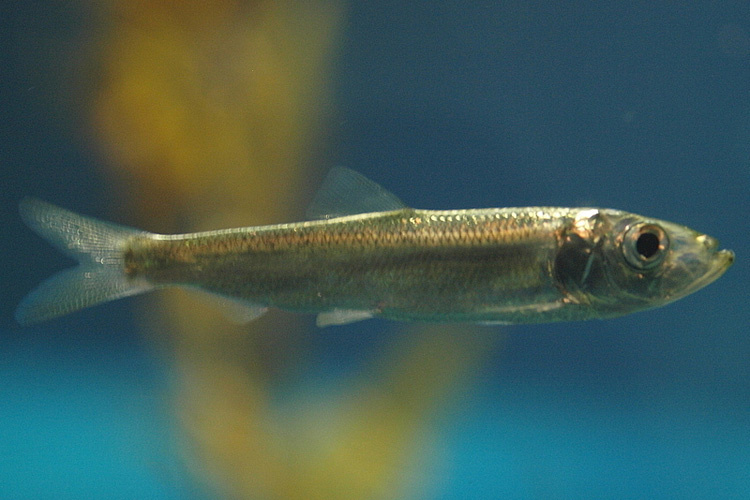With declining biomass and waning interest for salted herring roe in the Japanese market, the San Francisco fleet put the 2019-20 season on hold. Though there remains some interest among a few buyers, the industry in October wasn’t willing to commit to fishing in the fishery, which kicks off in January.
Even then, the fleet was expected to number fewer than a dozen boats.
“We’re down to about five boats,” says Larry Collins of the San Francisco Community Fishing Association. “They take a look at it every year, and they decided not to do it last year.”
The precipitous decline in biomass continues. The California Department of Fish and Wildlife combines data from annual dive surveys, midwater-trawl surveys, spawn deposition surveys and in-season harvests to calculate a spawning biomass estimate each year. The annual historical average since biologists began collecting data in 1979 hovers at more than 47,491 short tons, but population estimates put herring biomass for 2018-19 at 8,030 tons.
That’s down by nearly half from the 15,300 tons of 2017-18. The northeast Pacific’s warm-water Blob and the lack of rain has been blamed for the most recent decline.
“The San Francisco Bay Pacific herring spawning stock biomass estimate for the 2019-20 season was only 6,427 short tons, the second lowest estimate on record,” says Tom Greiner, environmental scientist with the California Department of Fish and Wildlife in Santa Rosa. “The quota for the 2020-21 season has not been set, but the department’s herring team will be recommending a zero-ton quota.”
Even if the stocks were to rebound, the primary market for San Francisco’s salted roe remains soft, especially with Alaska’s huge contributions in volume.
In the far west area of Togiak, the biomass stands at more than 215,826 tons, and the 2020 quota was set at 43,165 tons. Low interest and the covid-19 pandemic reduced the fleet to just three boats and one floating processor there. With fewer than five vessels, the harvest data remains confidential, but it’s a safe assumption that Japan got a surplus volume of roe.
In recent years, efforts to introduce the San Francisco herring in local and regional restaurants as an alternative market have met with minimal success.







